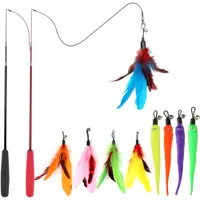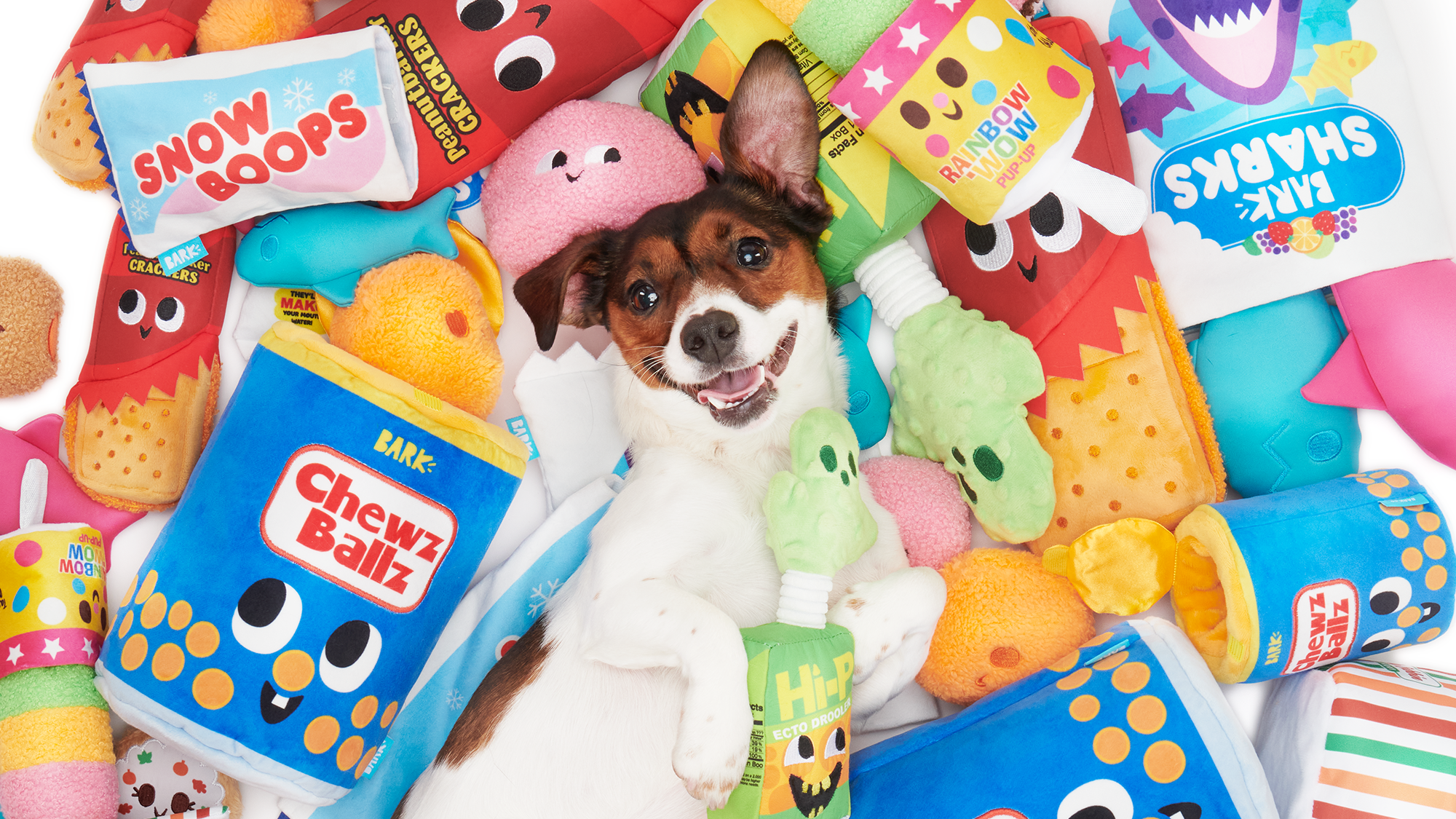Why do cats sit on their toys? An expert reveals 5 fascinating reasons
A vet answers the question 'why do cats sit on their toys?' – and some of these reasons may just surprise you!
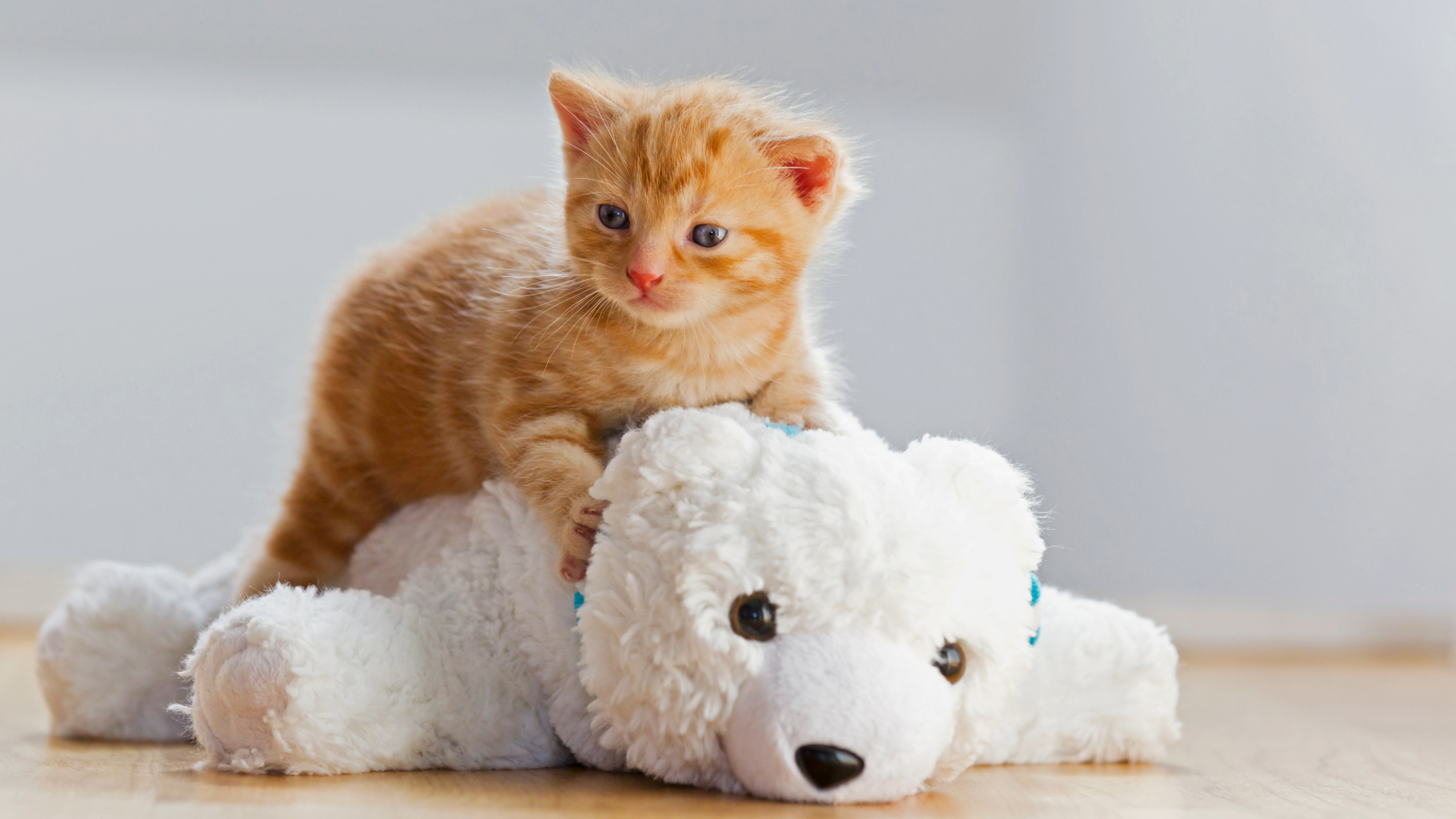
Why do cats sit on their toys? If you've ever found yourself asking that question, rest assured you're not alone!
Many of us spoil our feline friends with the best toys for indoor cats, only to find that our kitties spend most of their time either lying on them or hiding them away.
When it comes to intriguing and weird cat behaviors, this one is definitely near the top of the list, but it turns out it's both common and normal. While it may seem a perplexing thing to do, there are several reasons why your cat may choose to sprawl out on top of their favorite catnip-filled mouse or feather teaser wand.
To get to the bottom of this curious kitty behavior, we turned to expert vet Dr Rebecca MacMillan to get her thoughts. Below, she reveals why a cat may sit on their toys, whether cats can become possessive over their treasured playthings and why they'll often decide to hide their toys where you can't find them.
Why do cats sit on their toys?
Cats are strange creatures with some rather peculiar habits, but they're so darn adorable that their many quirks tend to make us love them even more. If you've had your kitty for long enough, you've probably noticed them sitting on their toys from time to time. Here are five reasons why cats engage in this behavior:
1. Scent-marking
Our feline friends can be very territorial – especially when it comes to their favorite cat toys.
Get the best advice, tips and top tech for your beloved Pets
"Cats like to mark their territory and possessions with their scent," explains Dr. MacMillan. "This involves rubbing their face and body against things to deposit pheromones. Sitting on a toy could therefore be a scent marking technique."
2. Hiding it
According to Dr. MacMillan, sitting on a toy could be your cat's way of trying to hide it and mimic the sort of behavior they may have engaged in if they'd been living in the wild.
"While your cat’s wild ancestors may not have sat on their kill, some may have hidden their prey to keep it away from competitors. Your cat could be trying to replicate this with their toy."
3. Protecting it
Do you live in a multi-pet household? If so, sitting on their toys may be your cat's way of making sure none of the other pets in your family tries to play with it.
"Sitting on a toy could be your cat’s way of protecting possessions from other pets," Dr MacMillan confirms. "This is common in multi-cat households especially if there are not enough toys to go around or if your cat is trying to exert their dominance through resource-guarding."
MeoHui Interactive Cat Toys | Amazon
As far as my two cats are concerned, there's not a toy on the planet that's as much fun as this teaser wand set. If you're looking for a toy that offers great value for money and will keep your kitty amused for as long as you're willing to run the teaser wand around, this one is an absolute winner. Comes with two teaser wands and a variety of fun attachments.
4. It smells like you
There are so many ways to bond with your cat – and it turns out your feline friend may have a few of their own special ways to feel connected to you.
Dr. MacMillan says that there will be times when your cat will want to feel close you.
"One way of doing this is by snuggling up to items that smell like you, especially if you are busy or away," she explains.
5. It's comforting
We don’t always know for sure why cats sit on their toys, but Dr. MacMillan says that they may do this simply as a way to comfort themselves.
"Snuggling up with their favorite toy might help them to relax. Plus, if it gets a reaction out of you, then this will further reinforce the behavior and they will keep doing it!"
Are cats possessive of their toys?
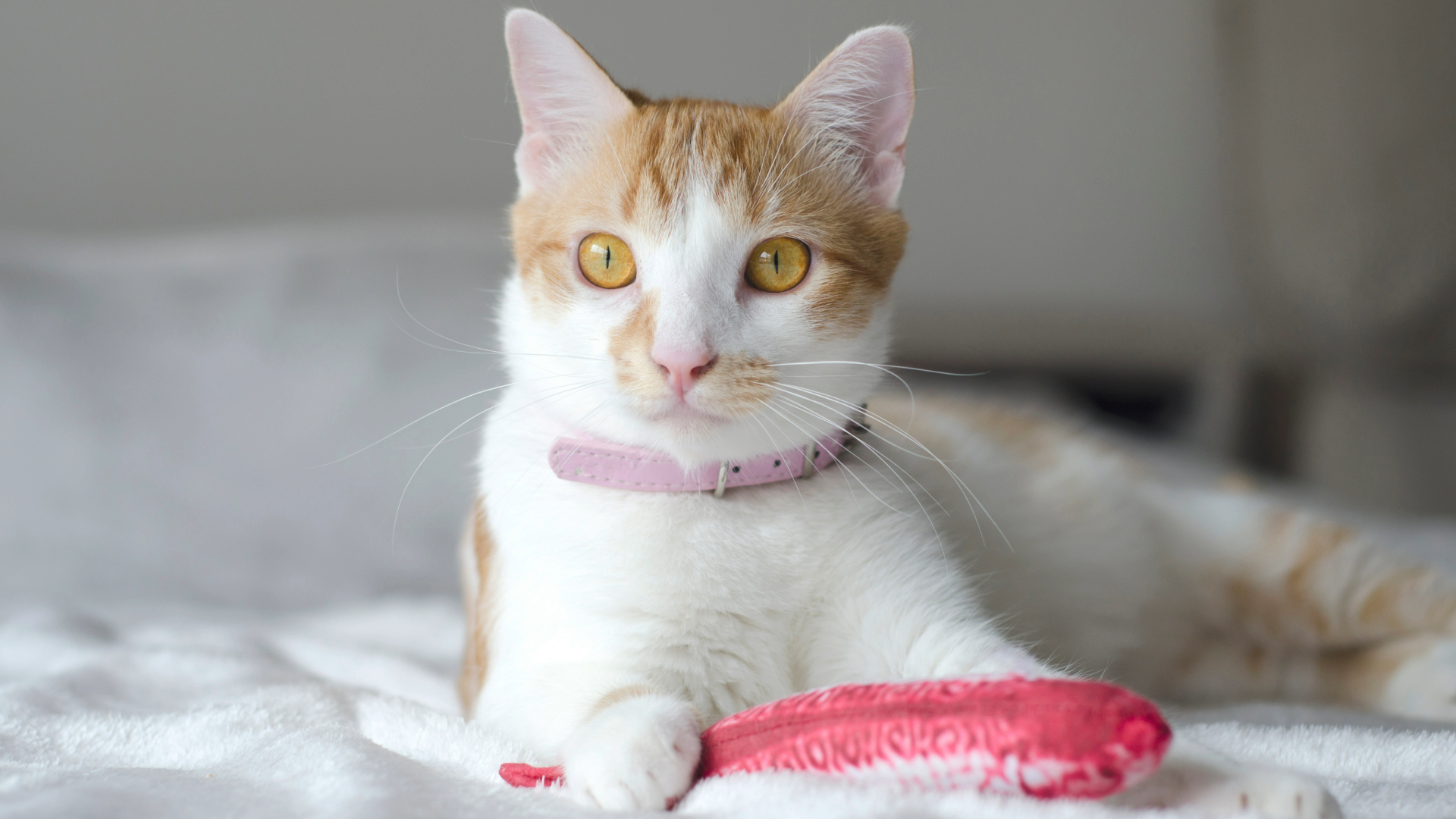
While not all cats are possessive, some will become defensive over their toys. Dr. MacMillan says that possessive behavior is more common in multi-cat households, with cats protecting and blocking access to resources, also known as resource guarding. As far as your cat is concerned, a resource may be a food bowl, their litter tray, their bed or the best cat toys.
"Guarding toys could also be due to their natural instincts," Dr. MacMillan explains. "As hunters, they would have been possessive over their prey, as part of a survival instinct. An increase in possessive tendencies can be seen in cats that have behavioral issues, often due to boredom and lack of stimulation. Some cats can become overly attached to certain toys, especially if they don’t have access to many of them.
A cat that is possessive over their toys may show signs of aggression if challenged. This could be a growl, hissing, or even striking. You may also notice more fights breaking out between your cats than normal. A possessive cat may also carry their toy around with them or always keep it close by."
Read next: how to play with a cat without toys
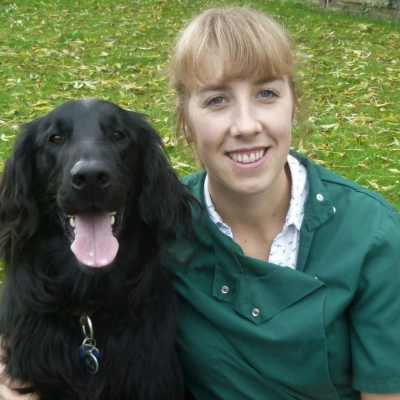
Rebecca is a veterinary surgeon who graduated in 2009 from the Royal Veterinary College in London. She has a wealth of experience in first opinion small animal practice, having done a mixture of day-to-day routine work, on-call emergency duties and managerial roles over the years. Rebecca enjoys medicine in particular and she is proud to have recently achieved a BSAVA postgraduate certificate in small animal medicine (with commendation).
Edited by Megan Milstead.
This page was last updated in April 2025 by Kathryn Williams.

Kathryn is a freelance writer who has been a member of the PetsRadar family since it launched in 2020. Highly experienced in her field, she's driven by a desire to provide pet parents with accurate, timely, and informative content that enables them to provide their fur friends with everything they need to thrive.
Kathryn works closely with vets and trainers to ensure all articles offer the most up-to-date information across a range of pet-related fields, from insights into health and behavior issues to tips on products and training.
When she’s not busy crafting the perfect sentence for her features, buying guides and news pieces, she can be found hanging out with her family (which includes one super sassy cat and a kitten), drinking copious amounts of Jasmine tea and reading all the books.
She has written for a range of publications, including Fit&Well, Top Ten Reviews, LiveScience, Goodto, and Product Hunt.
